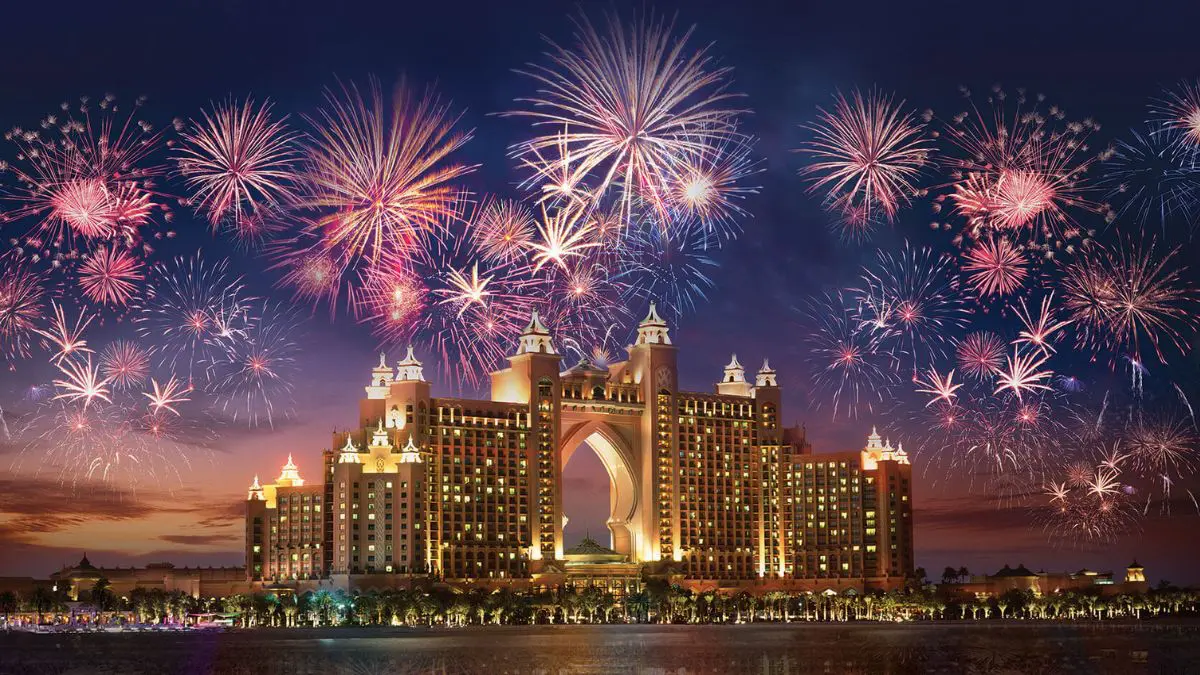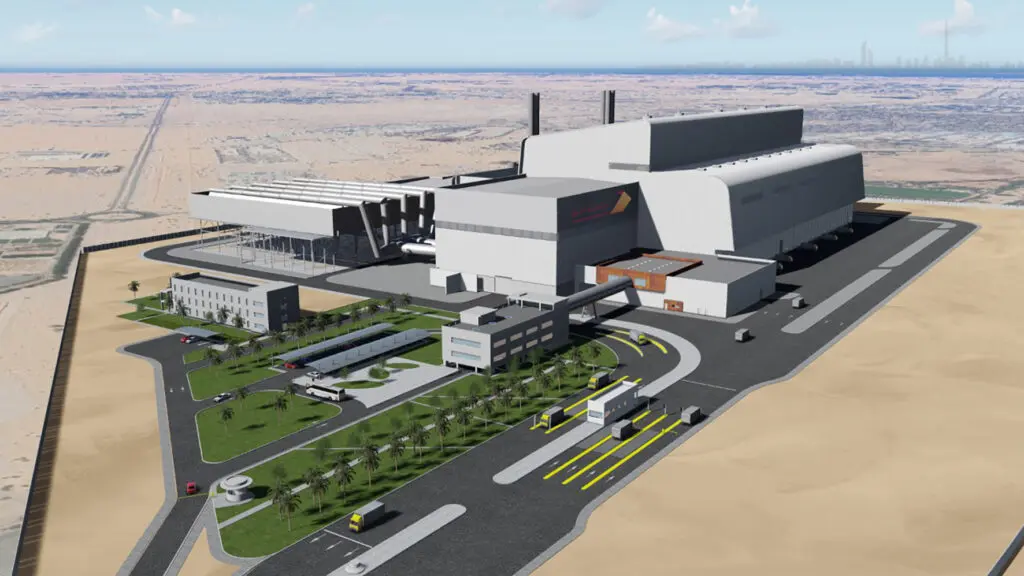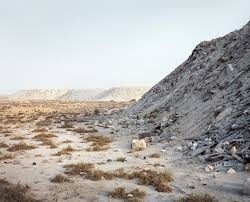
Dubai, a global city known for its skyscrapers, luxury shopping, and technological wonders, is now making big headlines for an entirely different reason—converting waste into clean energy. In line with the UAE’s long-term environmental goals, Dubai is building one of the world’s largest waste-to-energy (WtE) plants. This groundbreaking project will not only reduce waste pollution but also produce electricity for thousands of homes.

Waste-to-Energy (WtE) is a smart method where garbage is turned into usable energy, like electricity or heat. Instead of dumping waste into landfills, these plants burn the waste in a controlled environment. The heat produced is then used to make steam, which spins turbines to generate power. This reduces waste on land and also decreases harmful methane gas emissions from landfills.
In short, Dubai’s plan can turn trash into treasure—energy treasure!
Dubai is building this mega WtE facility in the Al Warsan area. Once complete, it is expected to be the world’s largest single-site waste-to-energy plant. The project is estimated to process around 1.9 million tonnes of municipal solid waste every year. This amount is almost 60% of the total waste produced by Dubai.
But that’s not all—the plant will generate enough energy to power 135,000 homes, reducing Dubai’s need for fossil fuels like oil and gas. This marks a major step toward the city’s target of zero waste to landfill by 2030.
Here are some important facts about this ambitious project:
Location: Al Warsan, Dubai
Capacity: 1.9 million tonnes of waste per year
Energy Output: Around 200 megawatts of electricity annually
Construction began in 2021, and the plant is expected to be fully operational by 2025. Some parts of the plant have already started trial operations.
Dubai’s leaders know that the city’s rapid growth brings problems like waste build-up and environmental pollution. In 2020, Dubai produced about 8,200 tonnes of solid waste daily. Without new ways to manage this, the city’s landfills would have filled up fast.
To tackle this problem, the Dubai government created the Dubai Clean Energy Strategy 2050 and the Dubai Integrated Waste Management Strategy 2021-2041. The goal is clear: 100% of waste diverted from landfills by 2030.
This WtE plant is a big part of that promise. Instead of dumping garbage, Dubai will recycle, reuse, and recover energy—all part of becoming a truly “green city.”
Dubai’s WtE plant is more than an engineering wonder. It also brings several benefits:
No more huge piles of trash sitting in landfills. Less methane, fewer toxic gases, and cleaner air for the people of Dubai.
Dubai imports much of its energy. But with this plant, the city can produce part of its own electricity from local waste—a reliable and eco-friendly energy source.
Big projects mean lots of jobs! From construction workers to plant operators, this project creates hundreds of new employment opportunities.
By reducing the need for landfills, Dubai saves precious space that can be used for parks, homes, or businesses.
Like any big project, Dubai’s WtE plan faces some challenges:
But with Dubai’s track record of achieving impossible goals—like building the world’s tallest building—the city is likely to overcome these obstacles.
This WtE plant is not a stand-alone effort. Dubai is also working on:
Together, these efforts are turning Dubai into a world leader in clean energy and sustainability.

The world is watching Dubai’s WtE project closely. Cities in Asia, Africa, and the Middle East with similar waste problems may copy this model. If Dubai succeeds, other countries might also turn garbage into green energy.
Dubai’s waste-to-energy plant is proof that bold ideas can solve big problems. By turning garbage into power, Dubai is cleaning its environment, creating energy, and setting a green example for the whole world.
As cities everywhere struggle with overflowing landfills and energy shortages, Dubai’s solution offers hope. Waste may no longer be a problem—it may soon be the fuel of the future.
Read More:- Deyaar’s Latest Announcement Shakes Up the UAE Property Market
